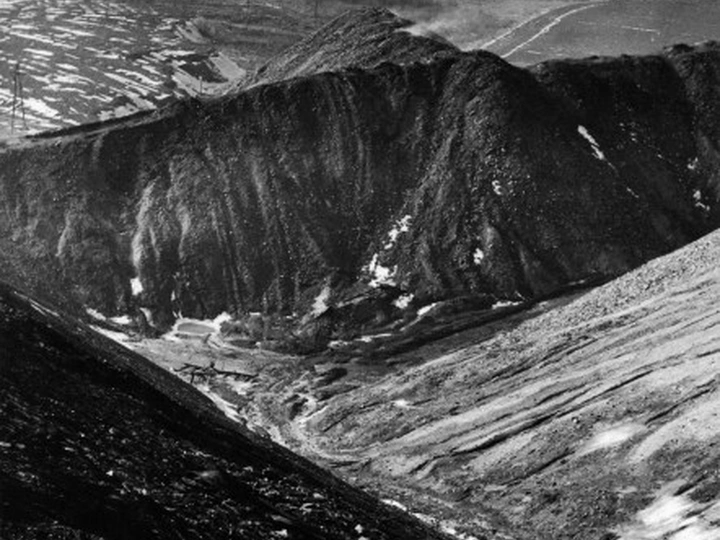WasteBodies: Choreographies of the Wasteocene

I am trained as an urban planner with a dual background in spatial design and sociology, currently working as a circular economy consultant and systems strategist focused on regenerative transitions. My practice blends data analysis, material flow research, and environmental systems thinking rooted in community care, while also drawing from embodied knowledge and artistic methods. I’m a long-distance cyclist, dancer, and sound-based researcher exploring how infrastructure and emotion coexist.
I founded CosmoLabs as a research and design initiative driven by activism. It is a Berlin-based platform focused on circularity, land-based regeneration, and systems design, where I lead strategic planning and interdisciplinary projects. My work has been supported by institutions such as TU Berlin, Fraunhofer IAO, and EIT Climate-KIC, and has been presented internationally at forums including ISOCARP Congress and urban research exhibitions. I bring a cross-scalar approach that connects policy with poetics, logistics with lived experience.
Waste is not simply what is discarded. It is what society renders invisible, a system of erasure that marks bodies, landscapes, and futures. In the Wasteocene, as theorized by Marco Armiero, waste is not just a by-product of modern life but a structuring force. It shapes the political, ecological, and emotional realities of our time.
WasteBodies is a spatial research and exhibition project that examines how human and more-than-human bodies inhabit and respond to industrial and post-industrial environments. It focuses on the global steelmaking industry, one of the most polluting and extractive sectors. Although its products circulate worldwide, its material and social impacts often remain unseen. Agrarian territories, which function as the industry's extended hinterlands, quietly absorb the cost through soil contamination, disrupted livelihoods, and the gradual erosion of ecological health.
This project began through site visits and interviews with farming communities in the shadow of steel production. These conversations revealed a landscape of exhaustion and quiet resistance. Fields once fertile now struggle under industrial dust. Families adapt, or they leave. Yet in these very places, a different narrative can emerge, one that treats waste not as residue, but as a medium of transformation.
WasteBodies proposes a multi-sensory exhibition combining field recordings, testimonies, choreography, cinematographic footage, and materials such as slag, rust, ash, and soil. Rather than placing performance on top of degraded space, it treats the body as part of it; moving with, through, and against the residues of extraction.
By combining spatial inquiry, artistic research, and embodied knowledge, WasteBodies invites a deeper public engagement with the ethics, affects, and potential of life within the Wasteocene.